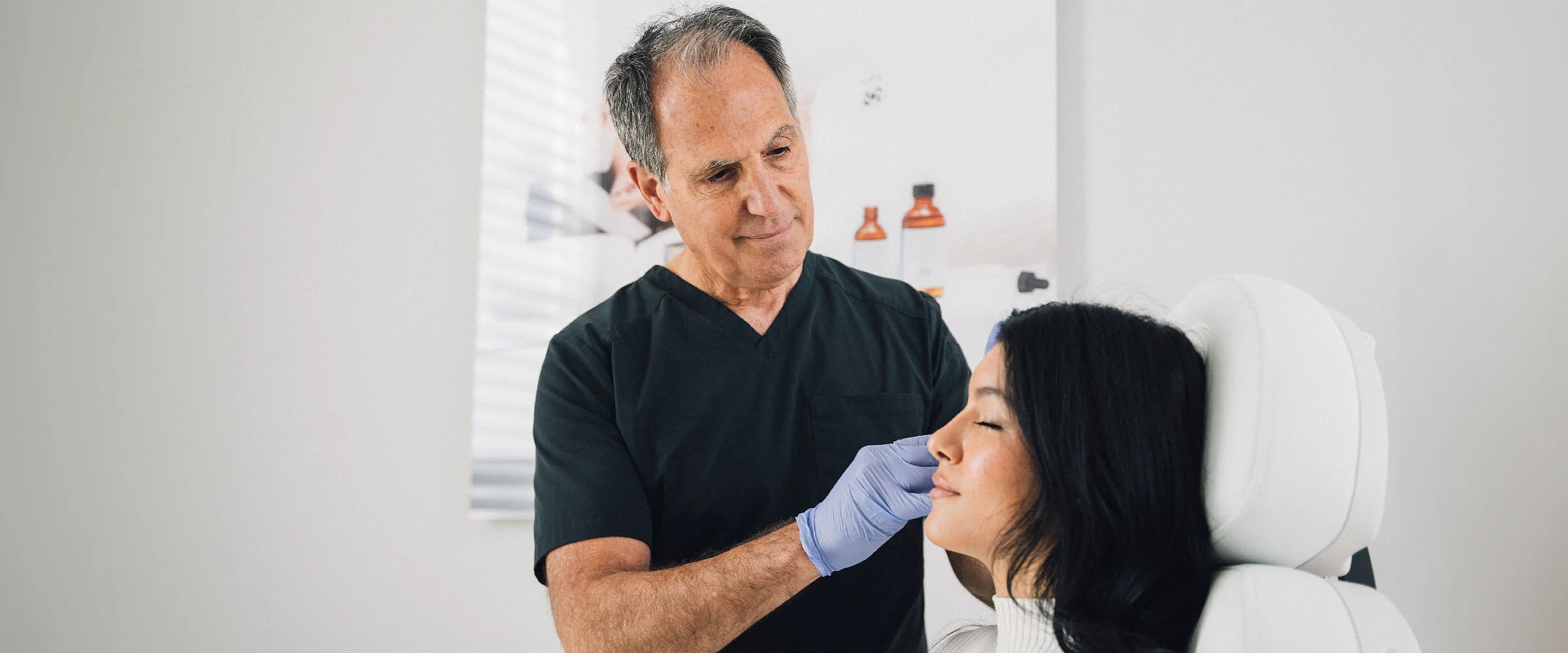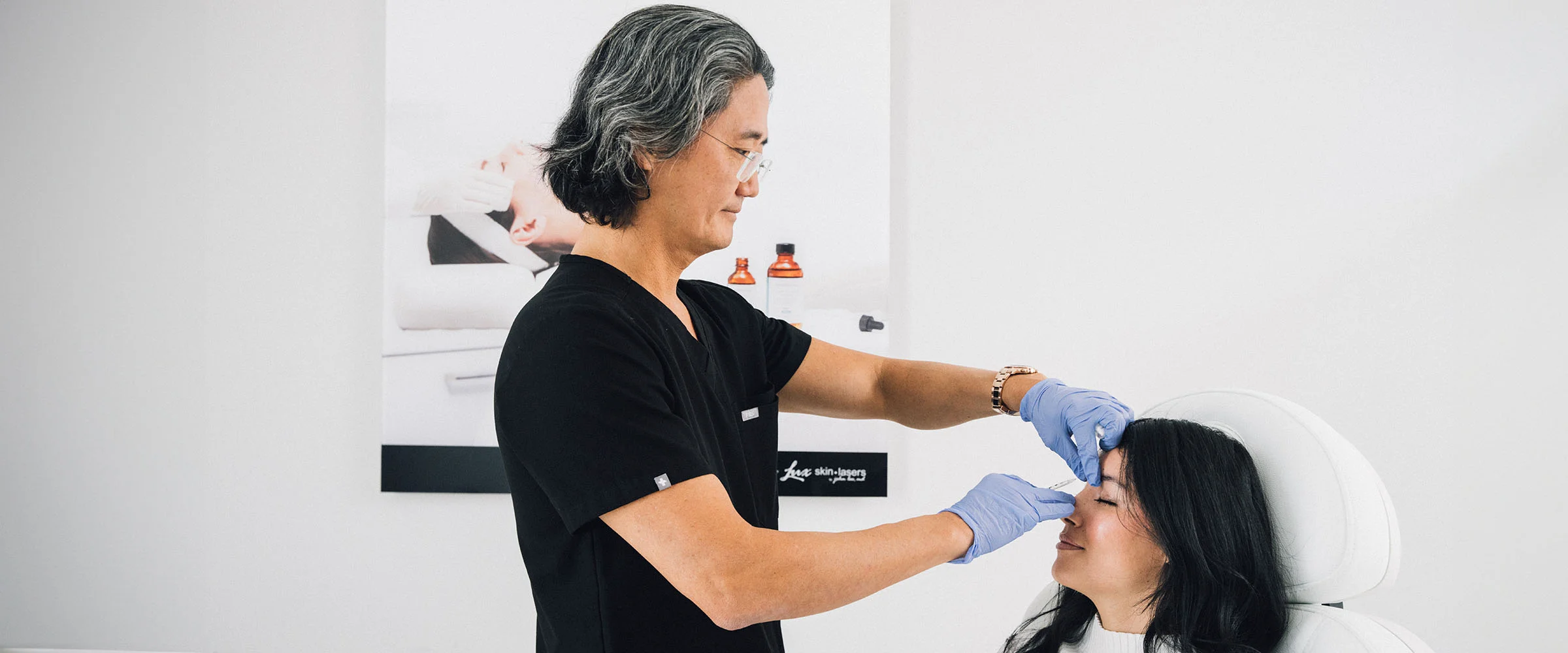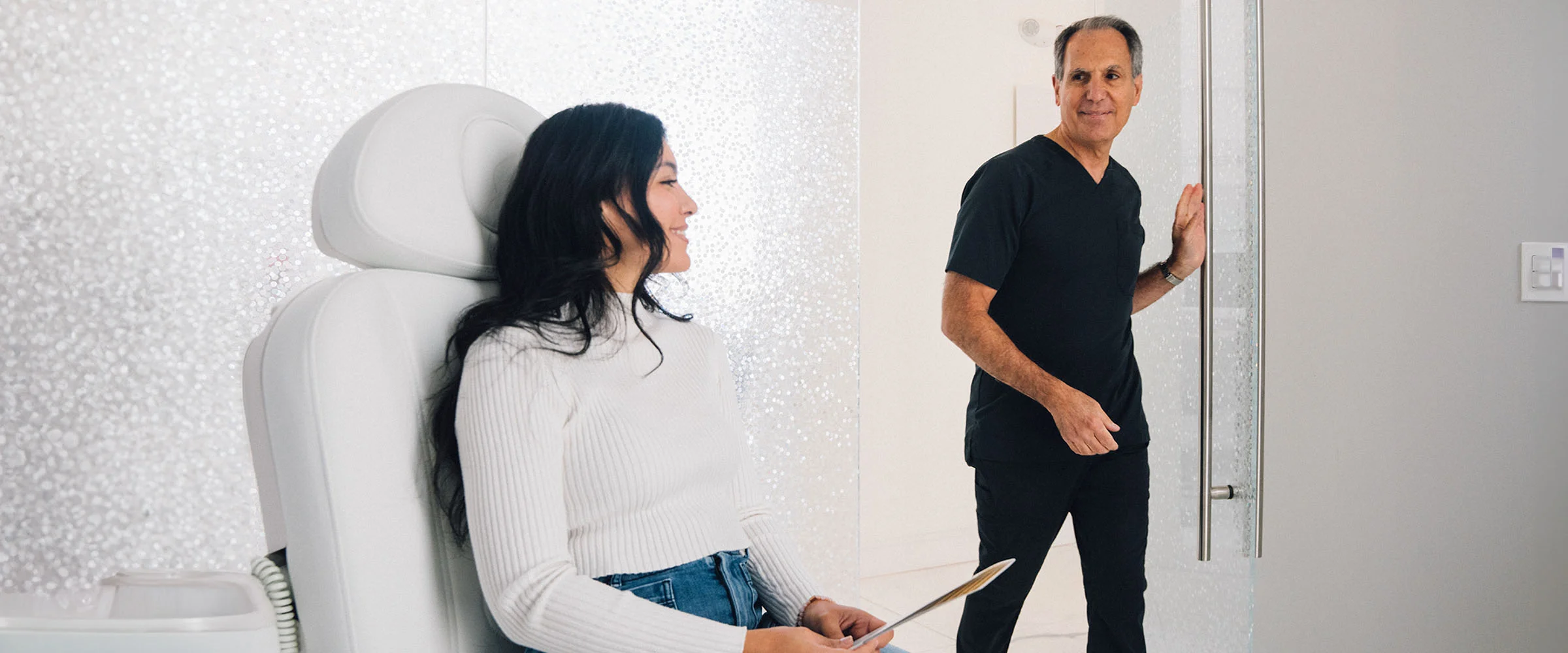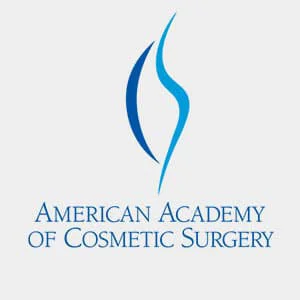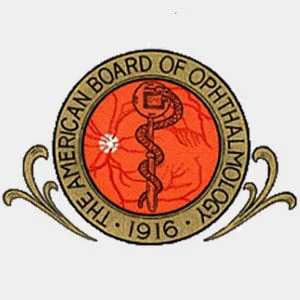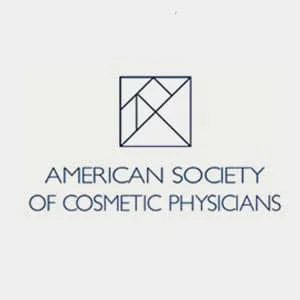Everyone is familiar with Botox, an injectable that relaxes the muscles that cause wrinkles to forehead and crows feet. Botox is made by a company called Allergan, has been around for over 30 years, and has an extremely high safety and satisfaction rate with its consumers. In April of 2009 a competitor was approved by the FDA called Dysport. Dysport is was introduced by a company Medicis who had the distribution rights for the United States (also the company who makes Restylane and Perlane fillers), and although it’s new here in the US, it has been available and is more popular in Europe (known as Reloxin) than Botox for a long time. Overall Botox and Dysport are very similar. Both are a type of botulinum type A used to relax the muscles that cause frown lines and other over active muscles of the face, like forehead lines and crows feet. I tell my patients that it’s like comparing apples to apples. Dysport is a smaller-sized molecule so its unit measurement is different than Botox. Both have been in use for years and both have a high safety profile, both can be used on other parts of the face and body, and both Dysport and Botox must be injected every 3-4 months. Both show similar efficacy and side effects, and in most double-blind clinical studies both the patient and the doctor were unable to tell the results apart.
Lux Skin Lasers by Dr. John Lee is conveniently located in Bryn Mawr, just west of Philadelphia and a short drive from Gladwyne, Villanova, Newtown Square, Wayne, and Haverford.
Here are the main differences:
- Dysport usually lasts as long as Botox or longer (depends on doctor’s dilution but 2.5 ratio is recommended vs. Botox)
- Dysport has a slightly quicker onset (2-5 days vs 4-7 days for Botox)
- Dysport diffuses more (i.e., spreads to a wider area). This is an advantage in some areas of the face and a disadvantage in others.
- Dysport units are measured differently to Botox units (European company). Industry standard is 2.5 units of Dysport = 1 unit of Botox. Pricing is less for Dysport per unit since patients require more units for a treatment area. We explain to patients that it’s like using metric system in Europe vs. non-metric in US. It’s not a matter of “units” that’s important, it’s the amount of the active ingredient needed to be effective is what matters.


